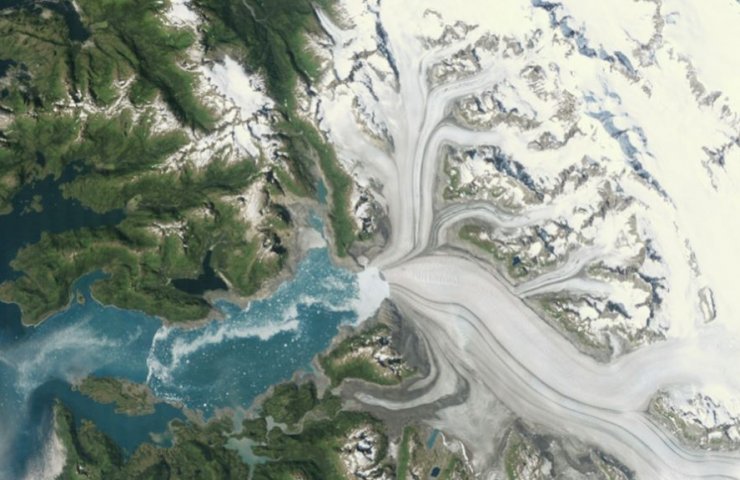Indeed, the rise in satellite imagery provides new means to avert some of the most damaging effects of climate change.
Planet, an Earth observation company founded in 2010, recently partnered with NASA's Jet Propulsion Laboratory, California, and a group of nonprofits to create a Carbon Mapper program that will use its satellites to scan the globe daily for emissions. harmful substances such as methane. is an invisible, powerful, odorless greenhouse gas.
“The ability to observe, which can ultimately lead to the ability to predict, actually prepares us for the dangers and helps mitigate the disasters that they can lead to,” said Karen Saint-Germain, director of NASA's Earth Science Division .
She noted that satellites can survey the trajectory of wildfires in real time and identify burn marks that cause landslides.
ICEYE radar satellites can also be used to quickly identify failed or damaged power lines responsible for the start of thousands of wildfires so that crews can respond before it's too late.
Satellites also aid in the relief of climate-related disasters. Indeed, the rise in satellite imagery and data provides new means to avert some of the most damaging effects of climate change.
“The ability to observe, which can ultimately lead to the ability to predict, actually prepares us for the hazards and helps mitigate the disasters that they may cause,” said Karen Saint-Germain, director of NASA's Earth Science Division .
Bureaucratic stumbling blocks in industrialized countries are also hampering efforts to share climate data from satellites between government agencies, said Mark Mozena, senior director of government affairs for Planet.
“Getting data shouldn't be a problem when you're dealing with an emergency such as a hurricane,” he said. “This shouldn't be a problem when you're trying to prepare for next year's fires.”
Johnson said one of her priorities is “how to ensure open public access to any commercially available data from our federal research agencies.”
But at the end of the day, applying all of this new, increasingly detailed data is much more than just diagnosing the magnitude of climate change and highlighting the root causes.





